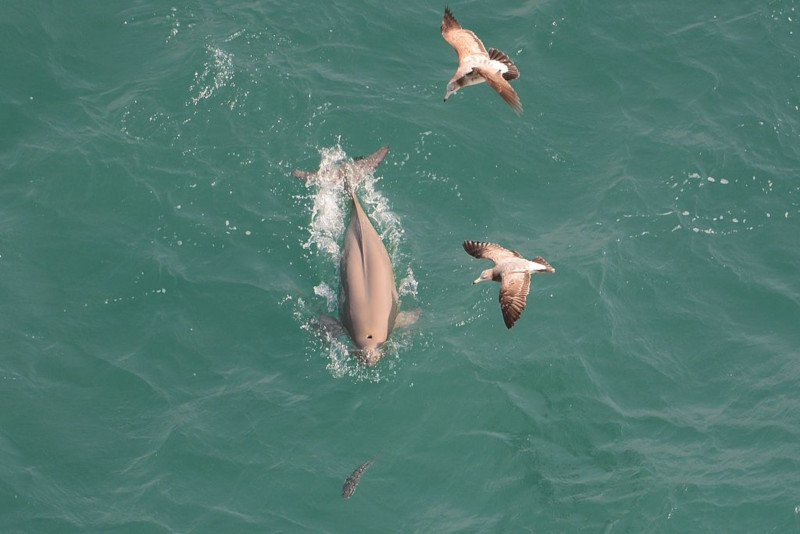
Finless Porpoise Facts
- The beautiful Finless Porpoise ranks as another of those species little-known outside of its own area. It holds a place of distinction in science, however. That’s because it forms one of only seven known extant species of porpoise in the entire world.
- The creature also bears another, more specific, common name, though. That’s the longer term of the Indo-Pacific Finless Porpoise. Its scientific name, meanwhile, remains that of the all but unpronounceable term of Neophocaena phocaenoides.
- Regardless of the name applied to it, though, it’s a fascinating species. The renowned French zoologist, Georges Cuvier, made the first known scientific identification of the mammal as a distinct species. This recognition occurred in the year 1829.
- It’s also the focal point of a certain amount of debate in scientific circles. That’s due to the fact that differences of opinion exist among researchers. That situation, however, revolves around several potential subspecies of this impressive creature.
- Sadly, furthermore, the population of the the Finless Porpoise faces several threats to its existence. Its own restricted habitat range certainly qualifies as one of these. It’s also elusive, and rarely photographed, making definite counts of its numbers difficult.
- As a result, a precise estimate of its situation remains impossible to determine. Most experts nonetheless consider it to be at risk from several factors. Its greatest threat, however, consists of climate change. Presently, the IUCN lists it as Vulnerable.
Related Articles
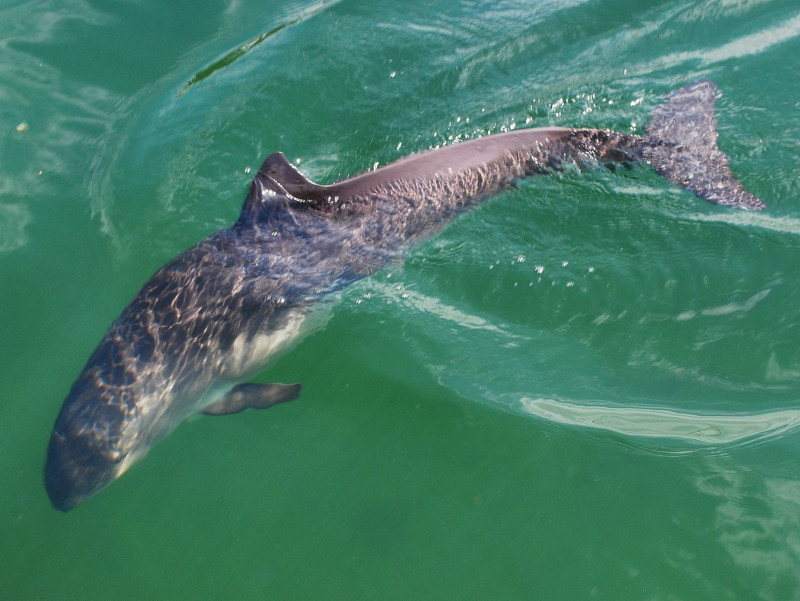
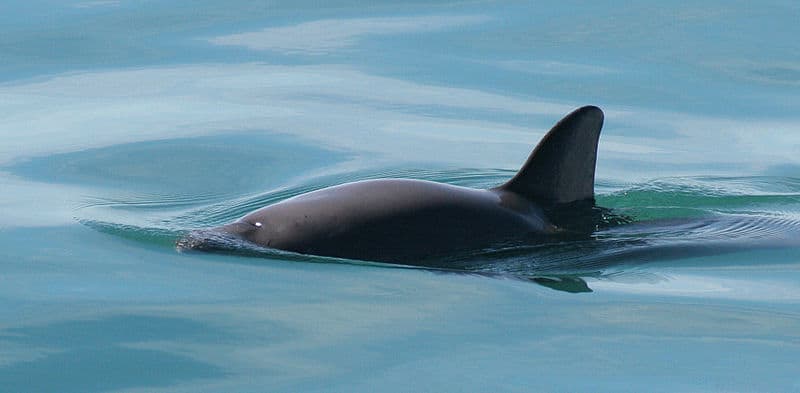
Vaquita
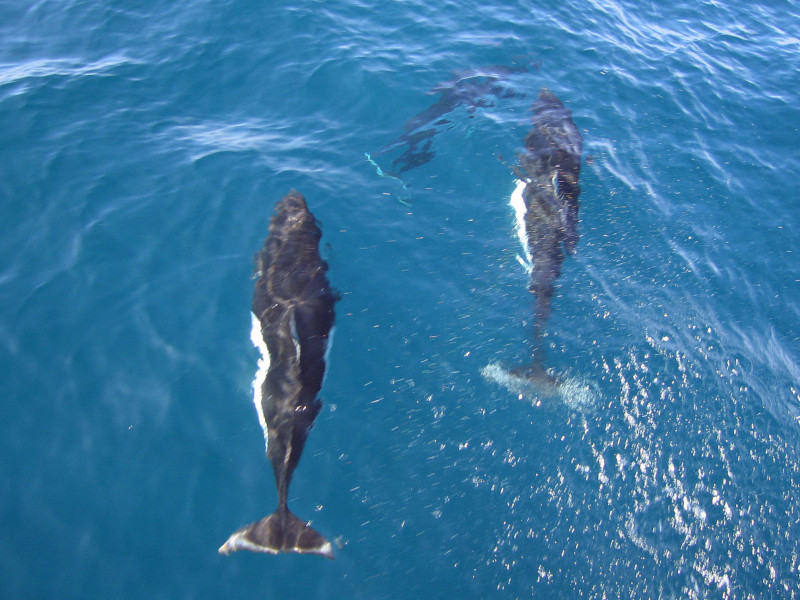
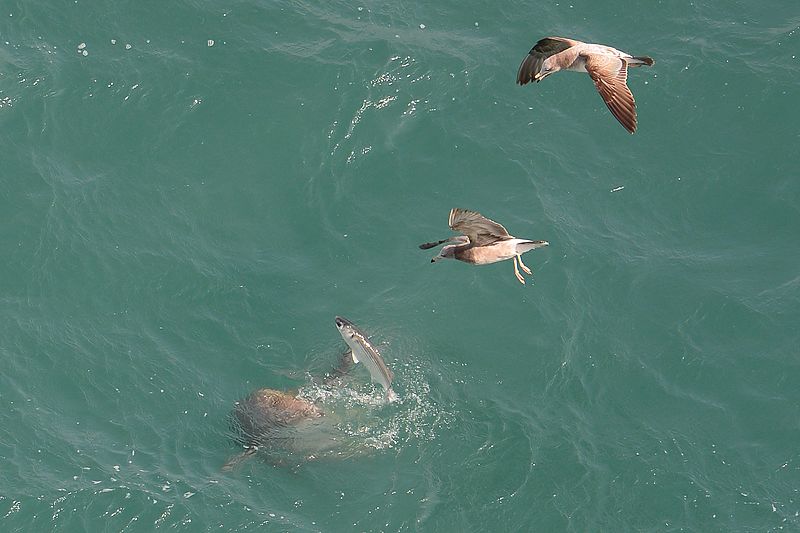
Finless Porpoise Physical Description
Although impressive in its own way, the Finless Porpoise does not earn that description due to physical size. In fact, from that perspective, it qualifies as a roughly average-sized variety of porpoise. It further displays no noticeable degree of sexual dimorphism.
The typical adult of this species attains an average body length of roughly 5 ft (1.5 m). Exceptional specimens do occur, however. These, though, rarely exceed 7.5 ft (2.3 m) in length. Admittedly limited, scientific observation indicates such individuals are quite rare.
An average weight, meanwhile, equals 65 – 100 lb (30 – 45 kg). Those same exceptional specimens, on rare occasion, sometimes attain a weight of as much as 159 lb (72 kg). The animal therefore typically has a smaller body size than the average human male.
Mature adults of the Finless Porpoise also generally display the same overall pattern of color. This mainly consists of a uniform light gray color. Some specimens do manifest patches of lighter or darker shades. These usually appear near the flippers and mouth.
It does, however, earn its distinction due to other factors. That, understandably, stems from its obvious lack of a true dorsal fin. This absence makes it easily distinguishable from any other porpoise, since it’s the only known variety without such a fin.
- Kingdom: Animalia
- Phylum: Chordata
- Class: Mammalia
- Order: Artiodactyla
- Family: Phocoenidae
- Genus: Neophocaena
- Species: N. phocaenoides

Finless Porpoise Distribution, Habitat, and Ecology
One of the dangers to the awesome Finless Porpoise stems from its own zone of habitation. That’s due to the fact that it inhabits a highly specific area of the ocean. That specific area comprises part of the Indo-Pacific region, hence the other common name.
More specifically, the area in which the amazing mammal appears include a limited portion of Asia. There, the infrequently seen creature makes its home in the coastal waters of the region. It does, however, mainly do so along the shores of only a few areas.
These sections of Asia include the countries of Korea, Japan, Indonesia, China, India, Malaysia, and Bangladesh. Even here, though, its own nature continues to limit its possibilities. It primarily lives in areas with a measured depth of no more than 160 ft (50 m).
There, it prefers to appear in estuaries, mangrove swamps, or regions with sandy sea beds. Scattered sightings, however, occasionally place individuals as much as 84 mi (135 km) away from shore. This area, though, also consists of extremely shallow depths.
The Finless Porpoise, like others of its kind, seems to have an opportunistic diet. As a result, that diet varies significantly. Typically, though, this includes a wide variety of crustaceans, fish, and cephalopods. In estuaries, some even consume rice, leaves, and eggs.
Further following the behavioral patterns of related species, it generally lives and travels in small groups. Most commonly, these pods number between 3 – 6 individuals. On rare occasions, however, as many as 50 individuals have been seen travelling together.
Species Sharing Its Range
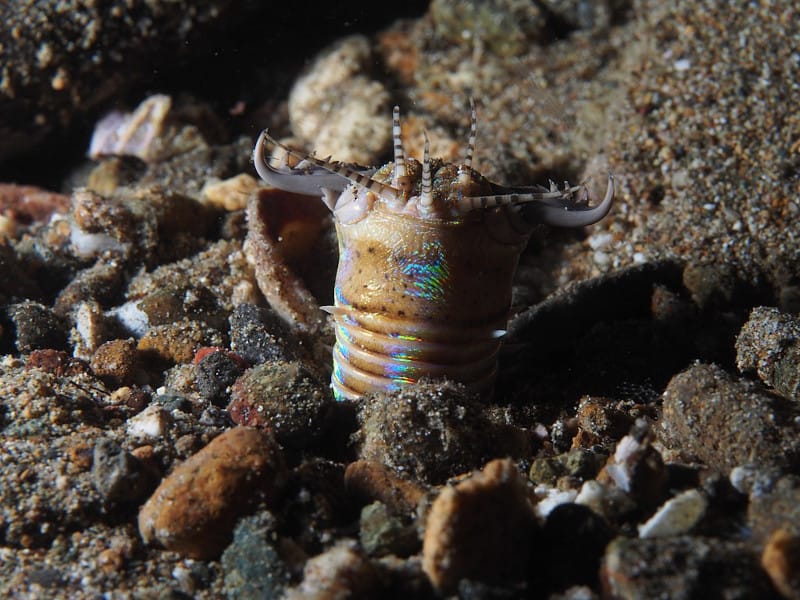
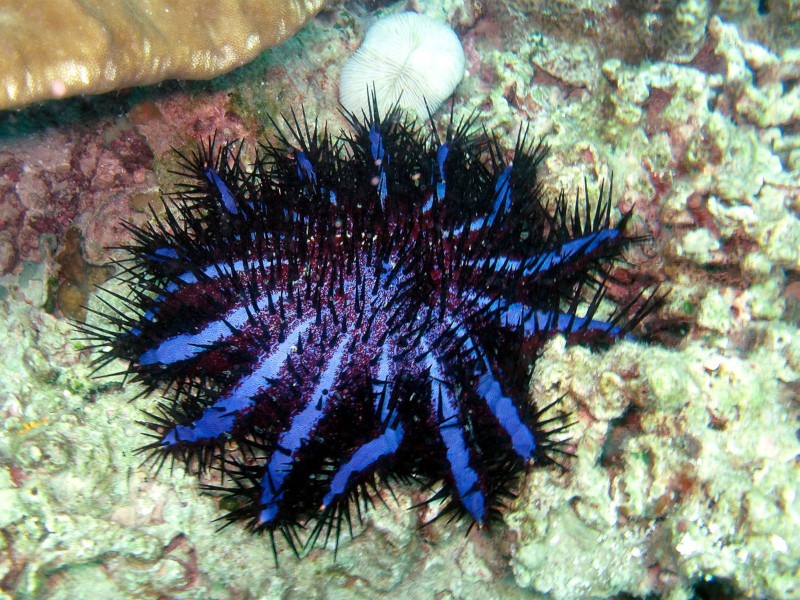
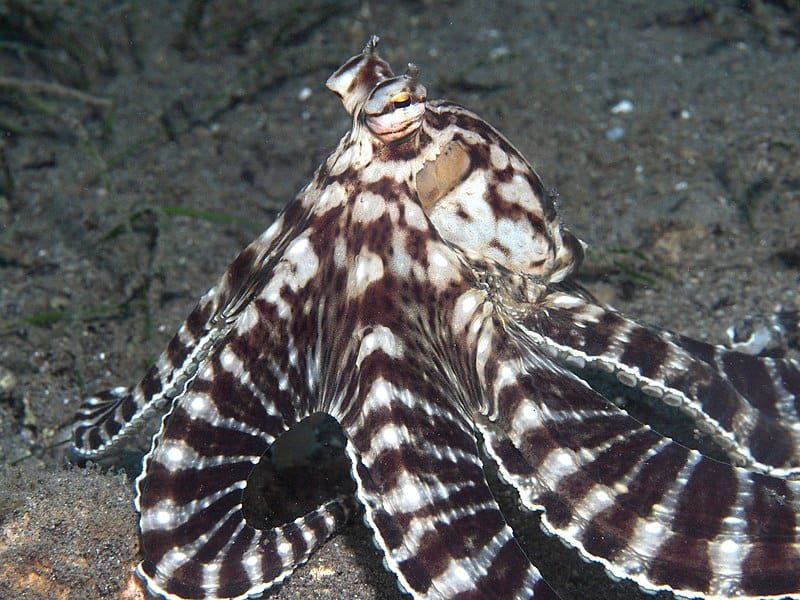
Check out our other articles on The Mighty Tornado, Black Rain Frog, McMurdo Dry Valleys, Shameplant, Jackson’s Chameleon, Salt Creek Tiger Beetle, Hyacinth Macaw, Clouded Leopard









I choose not to leave a comment at this time.